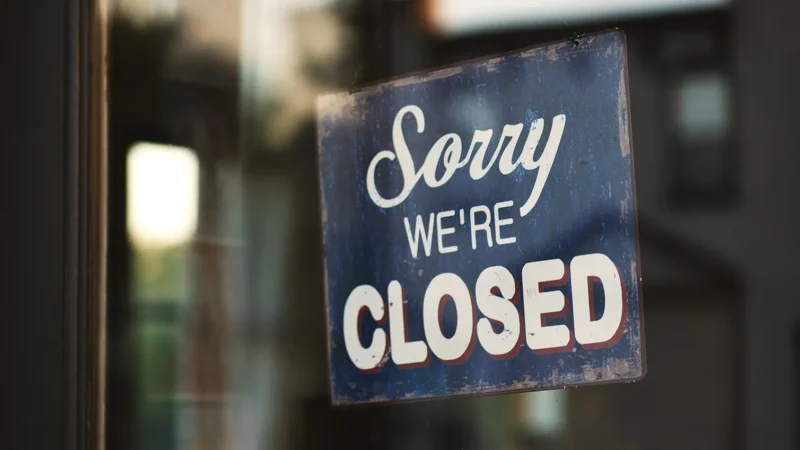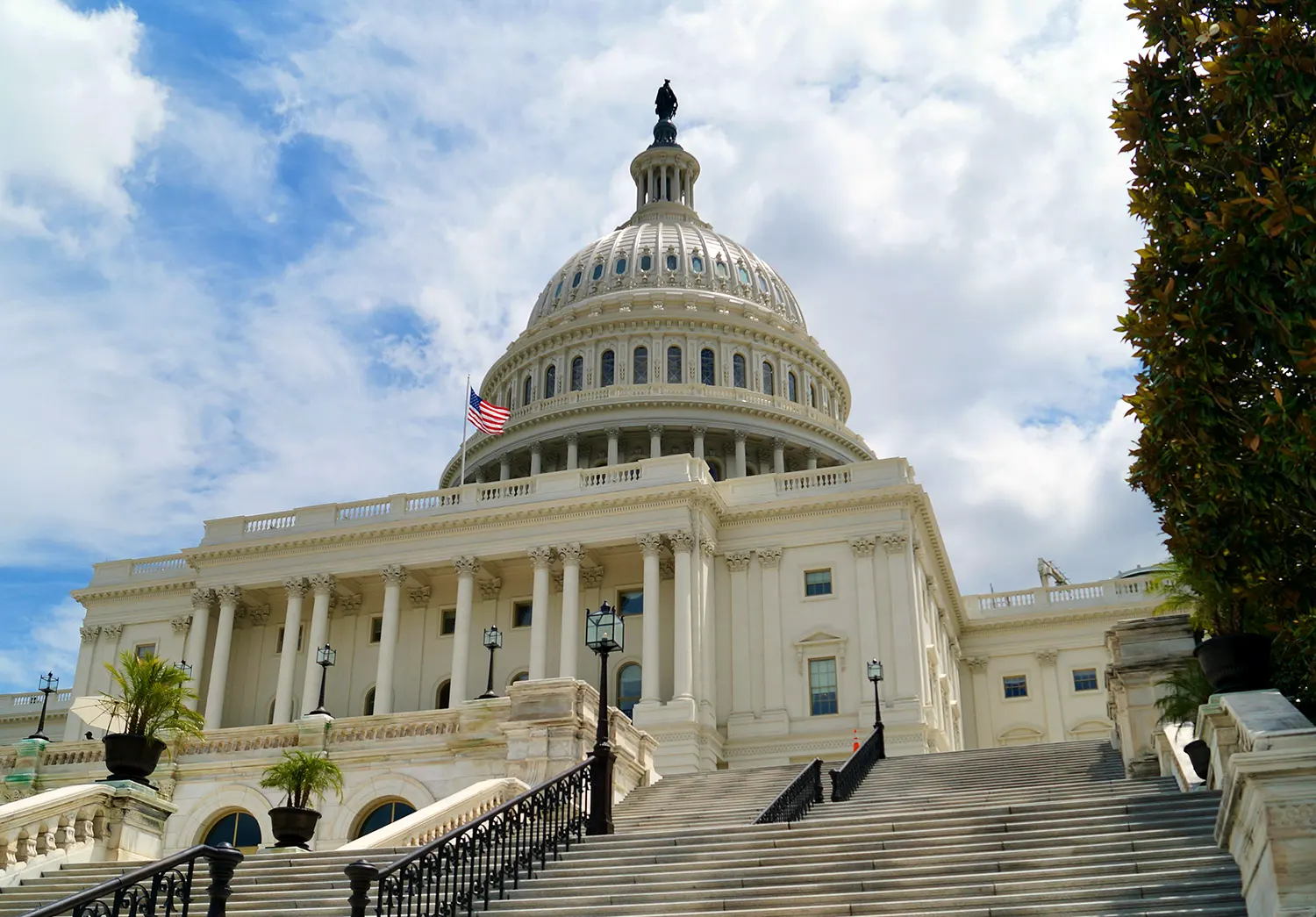CFPB’s New Final Rule: Restricting Credit Card Late Fees and Its Potential Impact
- May 29, 2024
On March 5, 2024, the Consumer Financial Protection Bureau (“CFPB”) issued a Final Rule[1] (the “Final Rule”) that would, inter-alia, significantly impact the fees credit card issuers can charge for late payments (herein referred to as “late fees” or “penalty fees”). Initially set to become effective on May 14, 2024, this rule marks a considerable shift in federal regulation, potentially altering the landscape of consumer credit card usage and issuer practices.
Key Provisions of the Final Rule
Impact on Penalty Fees
Penalty fees for consumer credit card accounts are regulated federally by provisions of the Credit Card Accountability Responsibility and Disclosure Act (the “CARD Act”) implemented by Regulation Z of the Truth in Lending Act. A “penalty fee” is any fee imposed on a consumer for violating the terms or other requirements of a credit card account that is regulated by the CARD Act. These include late fees, non-sufficient funds fees, and over-limit fees. Currently, penalty fees are subject to three main limitations:
- Fees must not exceed the safe harbor values or the costs incurred by the issuer. Specifically, they must be either the specified safe harbor amounts (currently $30 for an initial violation and $41 for a subsequent violation, subject to annual inflation adjustments) or an amount justified by a cost analysis updated annually (12 C.F.R. § 1026.52(b)(1)).
- Fees cannot exceed the amount of the violation itself (e.g., a late fee cannot exceed the value of the minimum required payment that was late) (12 C.F.R. § 1026.52(b)(2)(i)).
- Issuers cannot charge multiple fees for a single event or transaction (e.g., a late payment resulting from a bounced check can incur either a fee for the returned payment or a late fee, but not both) (12 C.F.R. § 1026.52(b)(2)(ii)).
Reduction of Safe Harbor Late Fees
The most notable change under the Final Rule is the reduction of the safe harbor limit for late fees from the current levels of $30 for initial violations and $41 for subsequent violations to a flat fee of $8. This change applies to most credit card issuers and eliminates the distinction between first and subsequent violations, as well as annual adjustments for inflation.
Exclusions for Smaller Card Issuers
The Final Rule does not apply to “Smaller Card Issuers,” defined as those with fewer than one million open credit card accounts in the preceding calendar year. However, if an issuer surpasses this threshold, they will have 60 days to comply with the new fee restrictions.
Clarification on Cost Proportionality
While the safe harbor fee is set at $8, issuers can still impose fees representing a reasonable proportion of the costs incurred due to a violation. The Final Rule clarifies that collection costs incurred after an account is charged off cannot be included in these cost analyses.
Legal Challenges
Shortly after its issuance, the Final Rule faced litigation from a coalition of trade groups, including the U.S. Chamber of Commerce, American Bankers Association, and Consumer Bankers Association when this coalition filed suit in Chamber of Commerce et al. v. Consumer Financial Protection Bureau, Case No. 4:24-CV-213 (N. D. Tex. Mar. 7, 2024) (the “Complaint”). The Complaint, filed in the Northern District of Texas, sought, inter-alia, a temporary stay on the Final Rule’s implementation and challenged the constitutionality of the CFPB’s funding structure.
However, as of a May 16, 2024, Supreme Court ruling in CFSA v. CFPB, the Supreme Court upheld the CFPB’s funding structure[2]. By a 7-2 vote, the justices reversed a decision by a federal appeals court in Louisiana, which had ruled that the agency’s funding violates the Constitution because it comes from the Federal Reserve rather than through the congressional appropriations process[3]. This ruling potentially weakens some of the arguments raised in the Complaint and may increase the likelihood that the Final Rule will take effect as planned.
Potential Impact on Card Issuers and Consumers
If the Final Rule is implemented, it is expected to have several significant impacts on both card issuers and consumers:
- Reduction in Revenue: Lower safe harbor fees will reduce fee revenue for card issuers, likely leading to higher interest rates and more stringent credit standards to offset losses.
- Increased Delinquency Rates: With reduced deterrents for late payments, delinquency rates may rise, prompting issuers to adopt stricter measures such as quicker credit limit reductions and account terminations.
- Changes in Credit Availability: Tighter credit standards could result in fewer approved applications and lower initial credit limits, affecting consumers’ access to credit.
Conclusion
The Final Rule represents a significant regulatory change aimed at reducing the financial burden of late fees on consumers. While its future remains uncertain due to ongoing legal challenges, the recent Supreme Court decision may pave the way for its implementation. Credit card issuers and consumers alike should prepare for the potential changes in fee structures and credit availability that this rule may bring.
[Disclaimer: This article is for informational purposes only and does not constitute legal advice. Readers are encouraged to seek professional legal counsel regarding their specific circumstances by contacting an attorney at Global Legal Law Firm.]
[1] https://www.govinfo.gov/content/pkg/FR-2024-03-15/pdf/2024-05011.pdf
[2] https://www.scotusblog.com/2024/05/supreme-court-lets-cfpb-funding-stand/
[3] Id.
Recommended Posts
-

Step-by-Step Guide to Getting Off the TMF MATCH List
The TMF MATCH list, maintained by the TMF (Terminate Merchant File)...
Read More -

The Guide to a Successful Merger and Acquisition
Introduction Mergers and acquisitions (M&A) are pivotal strategies for companies looking to...
Read More -

Understanding Fiduciary Duties of Corporate Officers and Directors
Understanding Fiduciary Duties of Corporate Officers and Directors In the realm of...
Read More
